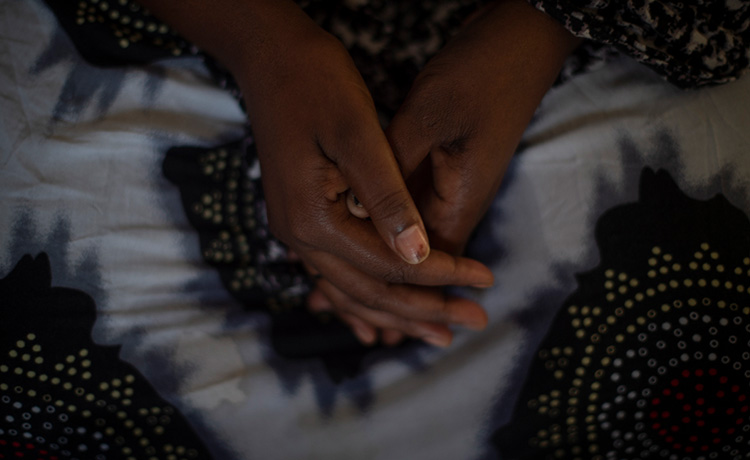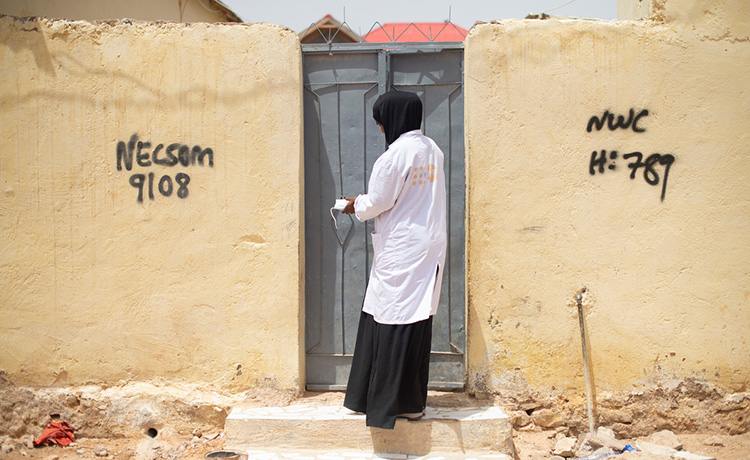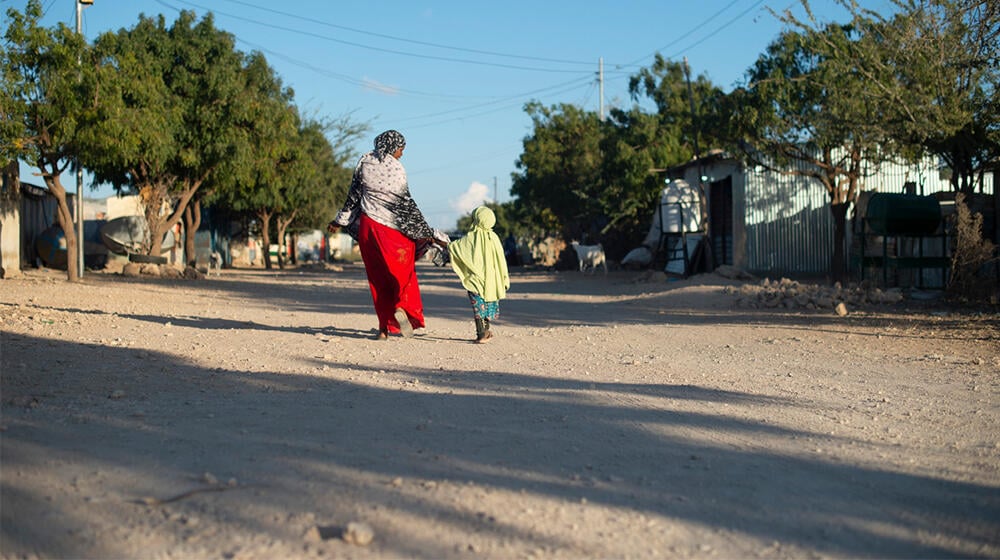MOGADISHU, Somalia – “I used to feel fear when it was night time,” mother-of-two Nurto Abdi Osman told UNFPA, the United Nations sexual and reproductive health agency.
Ms.Osman was seven years old when she was forced to undergo female genital mutilation. The dangerous procedure left her grappling in agony for days, bleeding until she passed out. Later, she found that her vaginal opening had been blocked.
"My wedding days also represent painful memories,” she said. She and her husband found intimacy difficult due to her injury.
Ms. Osman’s story is unfortunately common across Somalia, where the experience of female genital mutilation is almost universal. The practice’s prevalence rate is 99 per cent among women aged 15 to 49, reflecting a deeply entrenched custom in Somali culture.
According to UNFPA research, factors perpetuating the practice include beliefs that female genital mutilation is required by religion, that the procedure will prevent sex before marriage and that certain forms are “harmless”. Although none of these beliefs are accurate, three in four women in Somalia support the tradition’s continuation.
Encouraging communities to abandon female genital mutilation requires shifting social norms and raising awareness of its disastrous and potentially deadly consequences. Through their Joint Programme on the Elimination of Female Genital Mutilation, UNFPA and UNICEF support grassroots activists like Ms. Osman in their work to persuade communities to protect their daughters’ rights and spare girls from the dangerous procedure.
“Survivors understand the obstacles to eliminating female genital mutilation and are leading the way – one family, one community, at a time,” said UNFPA Executive Director Dr. Natalia Kanem.

Never again
It can be difficult to uproot deeply-entrenched cultural customs – but not impossible. For proof, look to 48-year-old traditional birth attendant Amina, who used to perform female genital mutilations but has vowed never to do so again.
Amina started after the practitioner in her community passed away and village residents begged her to step in. "My decision to take up the position was informed by the need to preserve long-held traditions and the customs of our ancestors," she told UNFPA.
As a survivor of female genital mutilation herself, Amina also believed the practice was required by religion. That is, until her participation in UNFPA-supported trainings and dialogue sessions on female genital mutilation convinced her otherwise.
"I was dumbfounded to learn that what I considered a religious and good practice turned out to be a heinous one," Amina said.
The drivers behind the perpetuation of female genital mutilation are social, cultural and economic. For Amina, money from performing the procedure supplemented the low income she earned as a traditional birth attendant. In fact, research shows that during the COVID-19 pandemic, practitioners actually went door-to-door to carry out female genital mutilation, in part due to the loss of income from lockdown restrictions.
To address this issue, UNFPA helps connect practitioners to alternative income generators – nudging individuals like Amina towards abandoning the practice. She is anguished about having undergone female genital mutilation herself. "I wish I didn’t pass through the killer of life,” she said. "Understanding its impacts is the most important thing.”

Millions still at risk
Around the world, countless communities have made the collective decision to stop perpetuating female genital mutilation and abandon the practice for good.
Their commitments reflect a wider global trend: Compared to half of girls aged 15 to 19 in the 1990s, today, one third of girls across the 31 countries that track the prevalence of the practice are being subjected to the procedure.
But still, every single day, 12,000 women and girls globally will face the risk of female genital mutilation this year.
Survivors like Ms. Osman and Amina are helping to reduce the likelihood of these women and girls being forced into the procedure, however. “Every survivor's voice is a call to action, and every choice they make in reclaiming their lives contributes to the global movement to end this harmful practice,” said UNFPA Executive Director Dr. Natalia Kanem in a joint statement.


